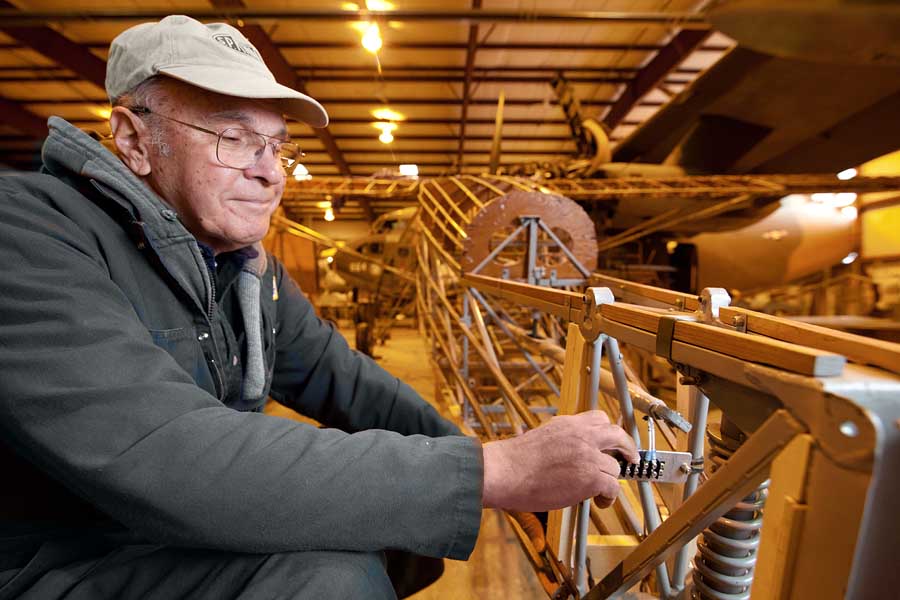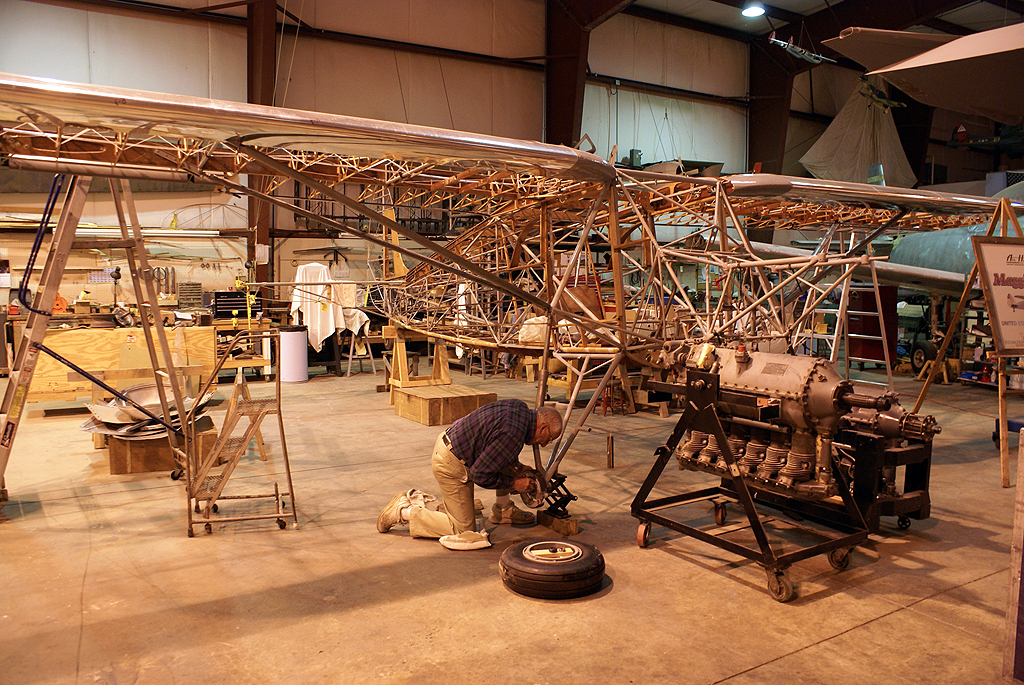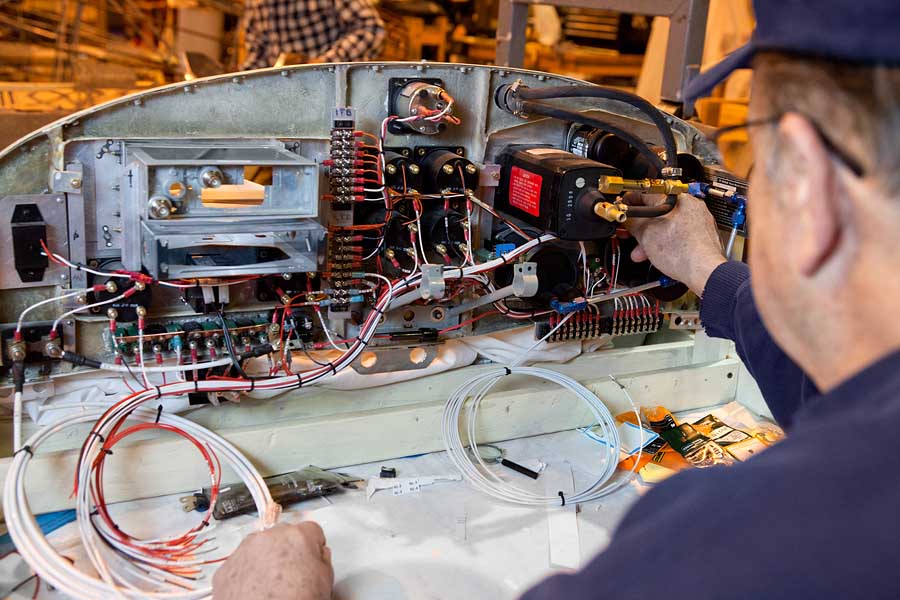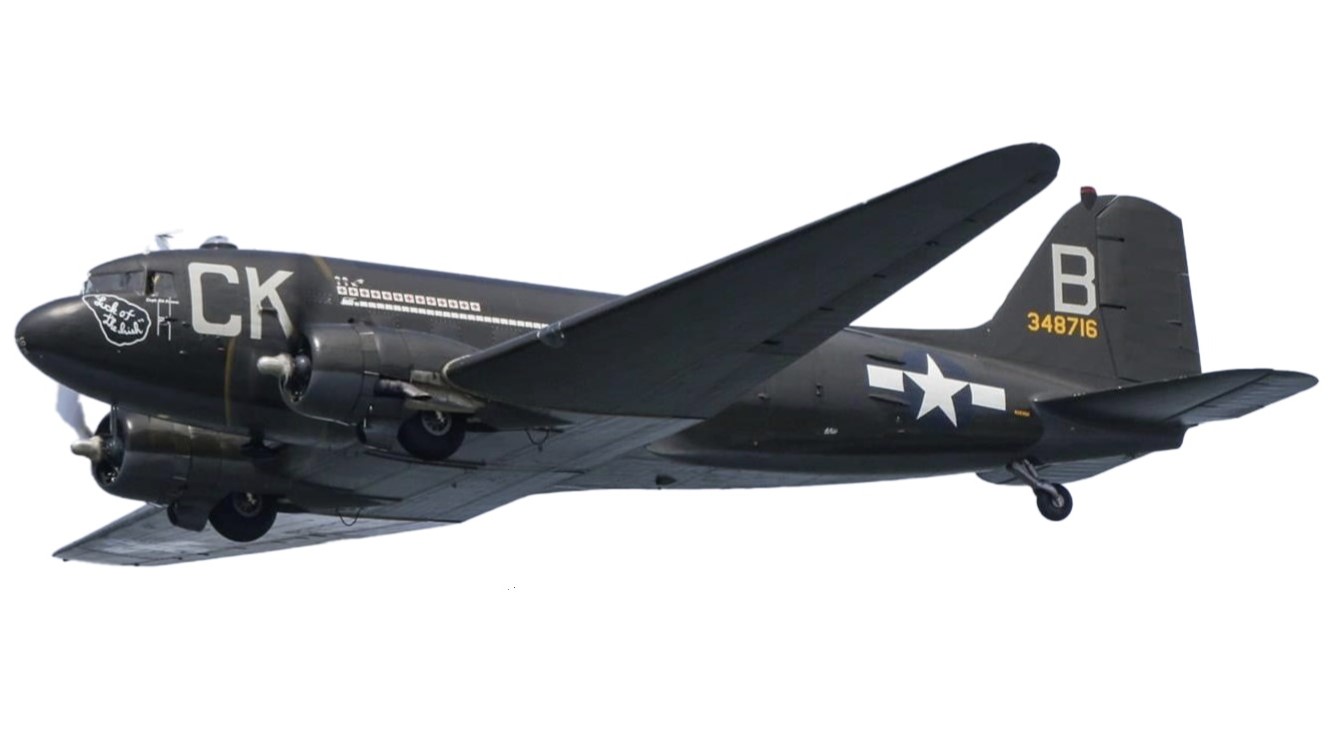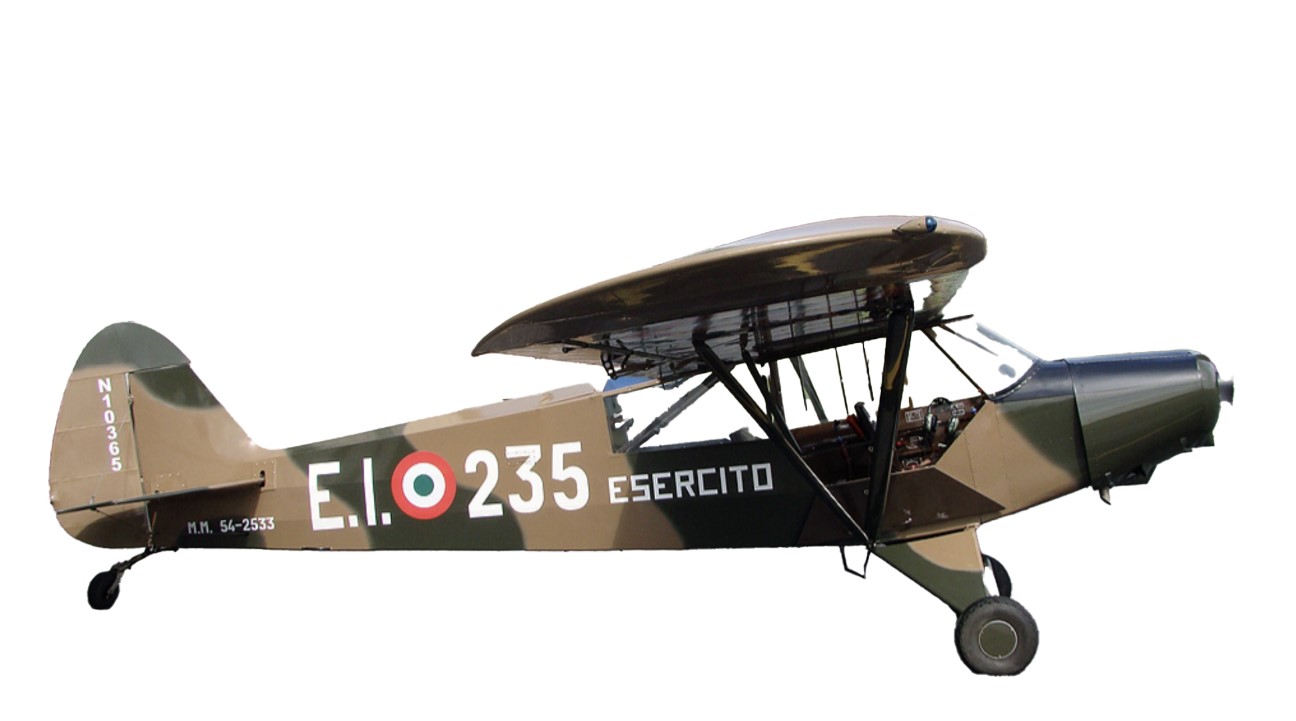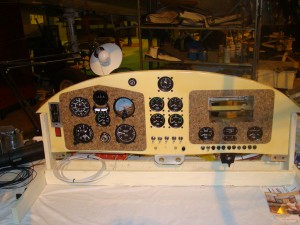
The Fairchild 24 was donated to Air Heritage Aviation Museum in Dec 2002 by its owner Richard Frye of Elderton, PA as a package of two fuselage airframes miscellaneous parts to finish, including five engines. Mr. Frye accumulated these Fairchild’s over a number of years hoping to restore at least one to flying status. Circumstances dictated that he donate the airplanes to Air Heritage Aviation Museum to have someone or a group to get a chance to see one fly someday.

- 1934 Original configuration was a 145 hp Warner Super Scarab 7-cylinder engine, swinging a Hartzell 706B wood prop.
- 1937 Major repair to top of left wing.
- 1939 Installed retractable landing lights in both wings.
- Radio transmitter installed left of rear seat on floor.
- Airworthy Bulletin issued on Warner engine for cracks.
- After accident engine given complete overhaul.
- New Sensenich 860 prop installed.
- 19 November 1934: Purchased by Lewis E Reisner of the Kreider-Reisner Aircraft Co. Hagerstown, MD
- 16 February 1935: Transferred to J Ray McDermott & Co. – Houston, TX
- 02 October 1936: Transferred to Booth – Henning Inc. – Dallas, TX
- 12 June 1937: Transferred to J.C. Tankersley Jr. – England, AK
- 24 February 1939: Transferred to J. D. Greer – Greenwood, MS
- 31 March 1941: Transferred to Henry H. Richardson Jr. – Louisville, KY
- 25 July 1942: Transferred to Henry H. Richardson – Jacksonville, FL
- 12 November 1942: Transferred to Elmo D. Jarrett – Kingsport, TN
- 19 November 1943: Transferred to Julius E Earle – Starr, South Carolina
- 3 February 1965: Transferred to Luther L. Johnson – Charlotte, NC
- 30 July 1974: Transferred to John A. Eney – Quakertown, PA
- 15 January 1977: Transferred to Richard E. Frye – Elderton, PA
- 13 May 1987: Transferred to Ronald J Franklin – Bondoin, ME (NOTE: Although the paperwork indicates the transfer took place Mr. Frye still retained ownership.)
- 30 December 2002: Transferred to Air Heritage Aviation Museum Inc. Chippewa Township, PA
- Ron Hemphill – Aircraft Commander
- Bob Reno – Crew Chief
- Frank Phillips
- Carl Snyder
- Crew: one pilot
- Capacity: 3 passengers
- Length: 23 ft. 10 in.
- Wingspan: 36 ft. 4 in.
- Height: 7 ft. 8 in.
- Wing area: 193 ft. sq.
- Empty weight: 1,813 lbs.
- Max takeoff weight: 2,882 lbs.
- Powerplant: 1 – Ranger Eng. L-440-5
- Max Speed: 108 kts.
- Range: 465 miles
- Service Ceiling: 12,700 ft.


